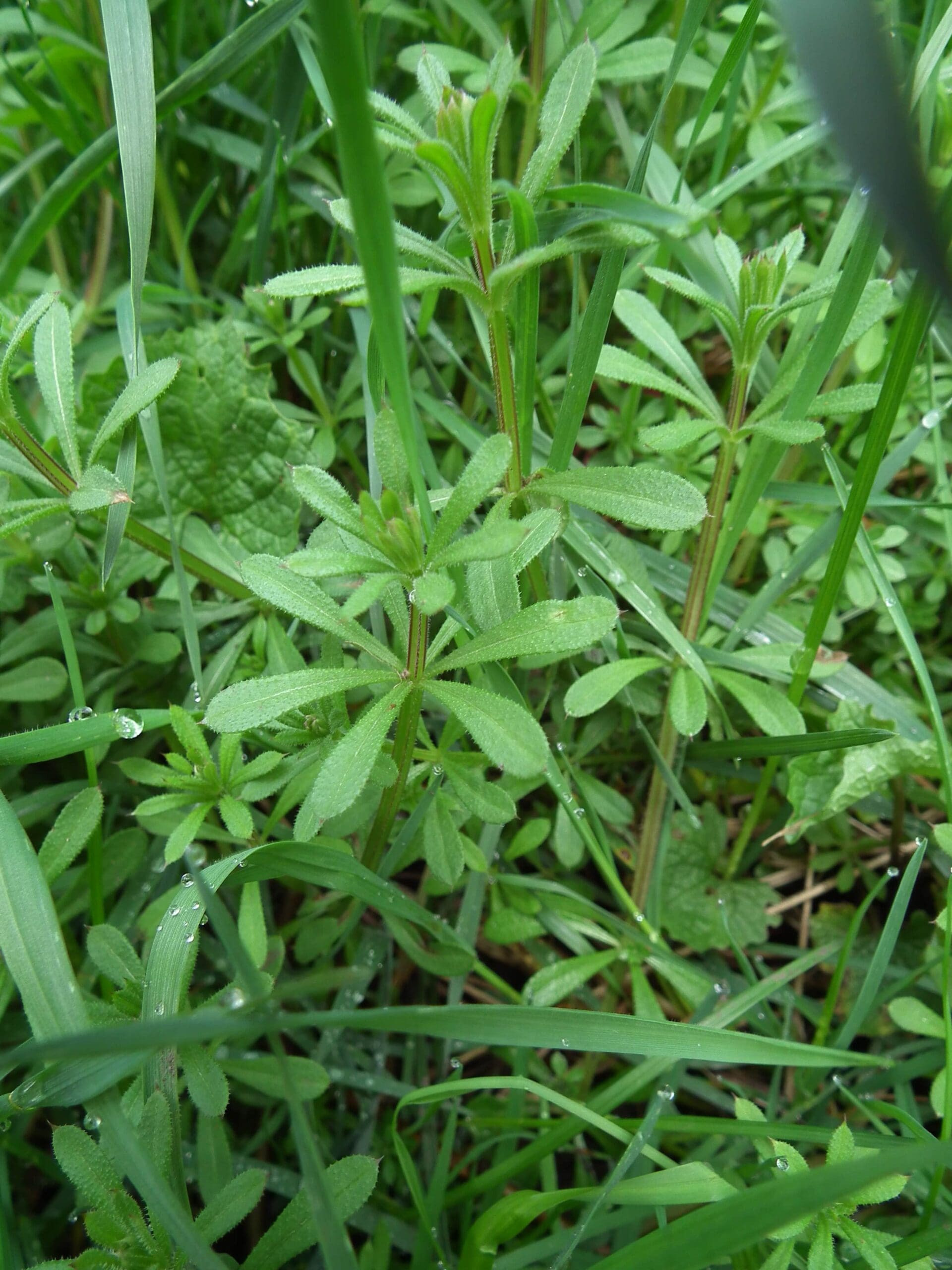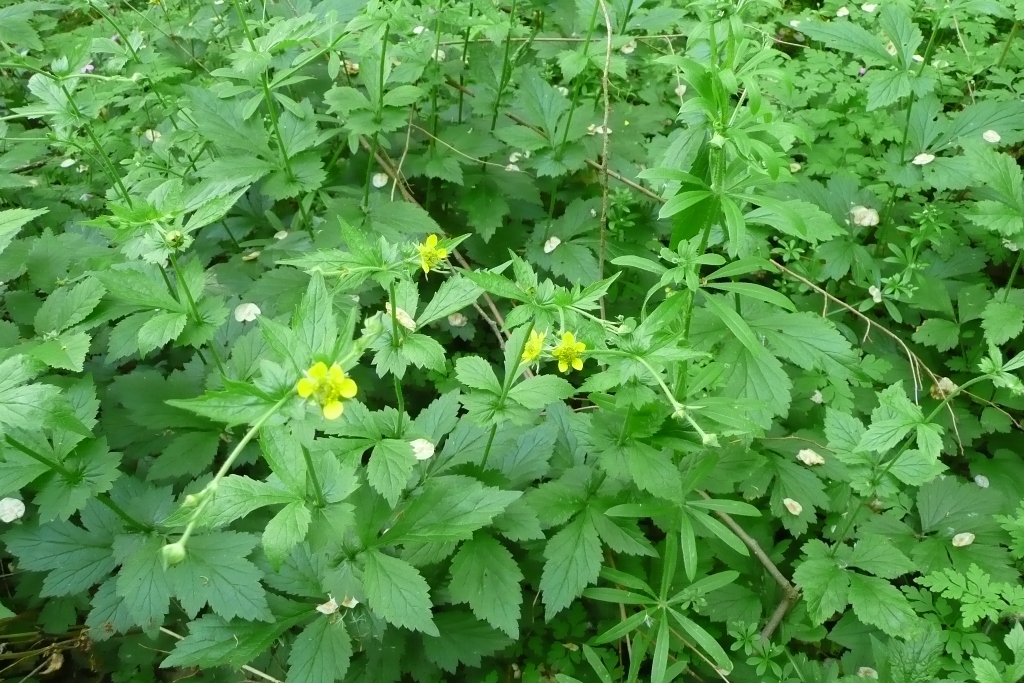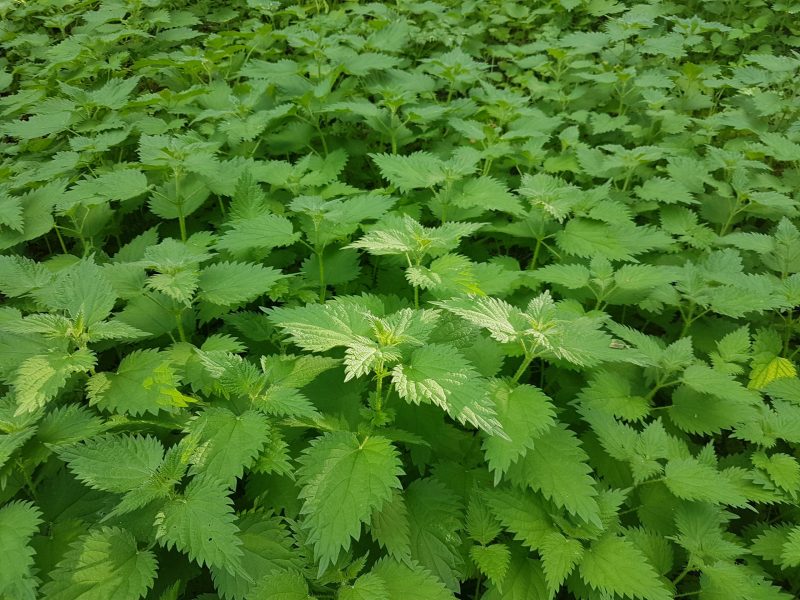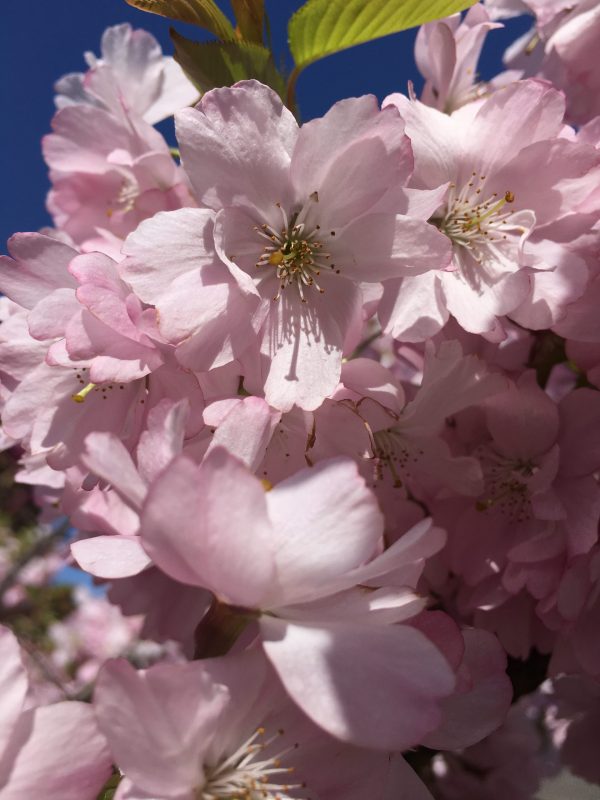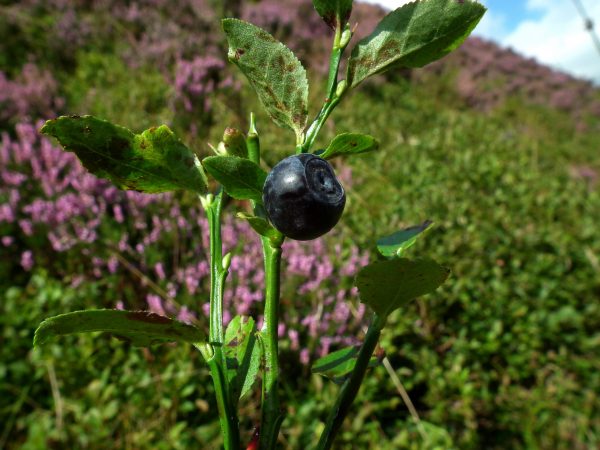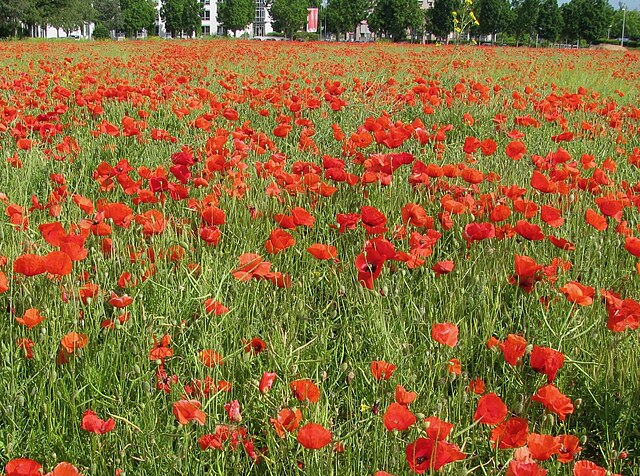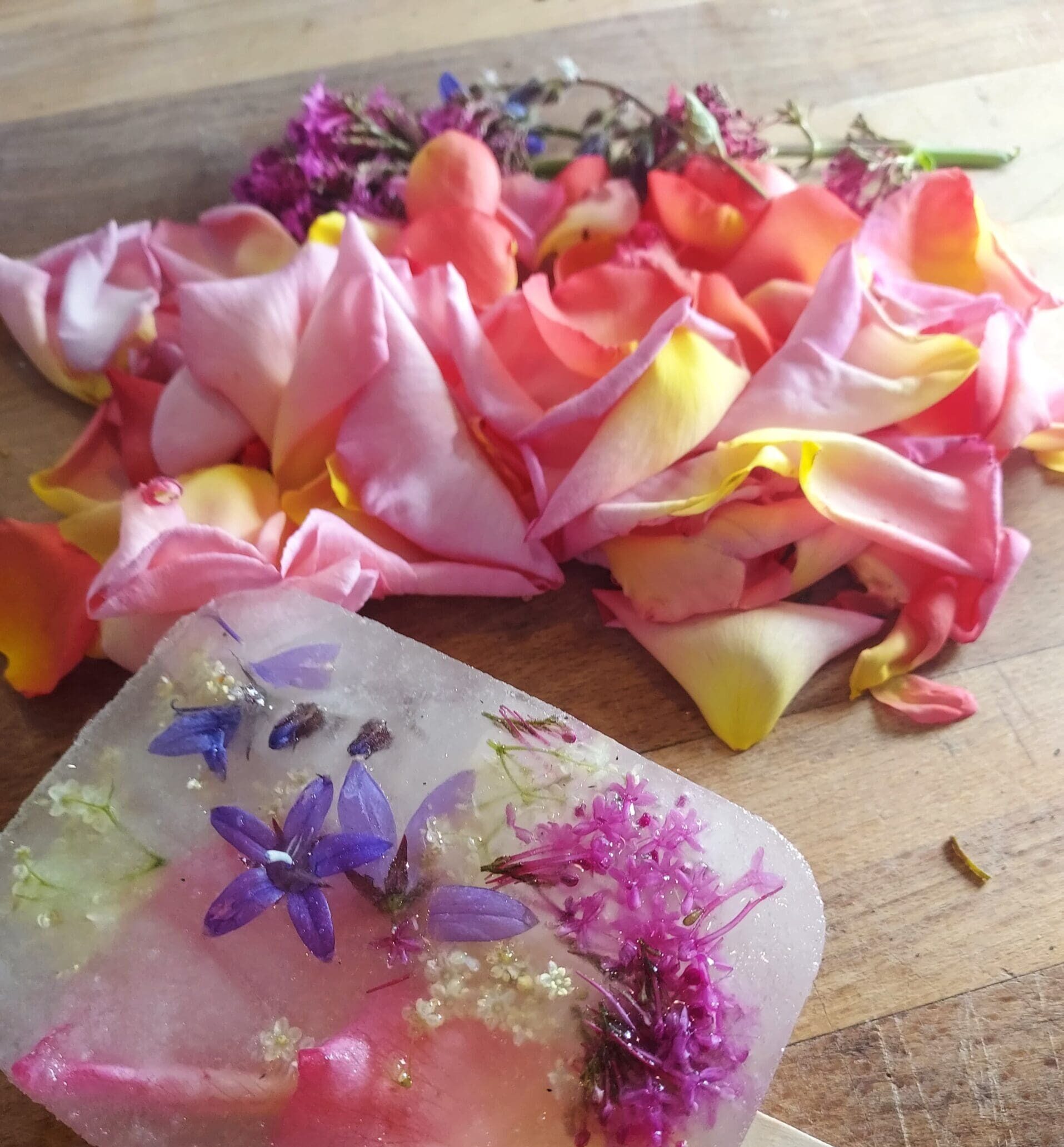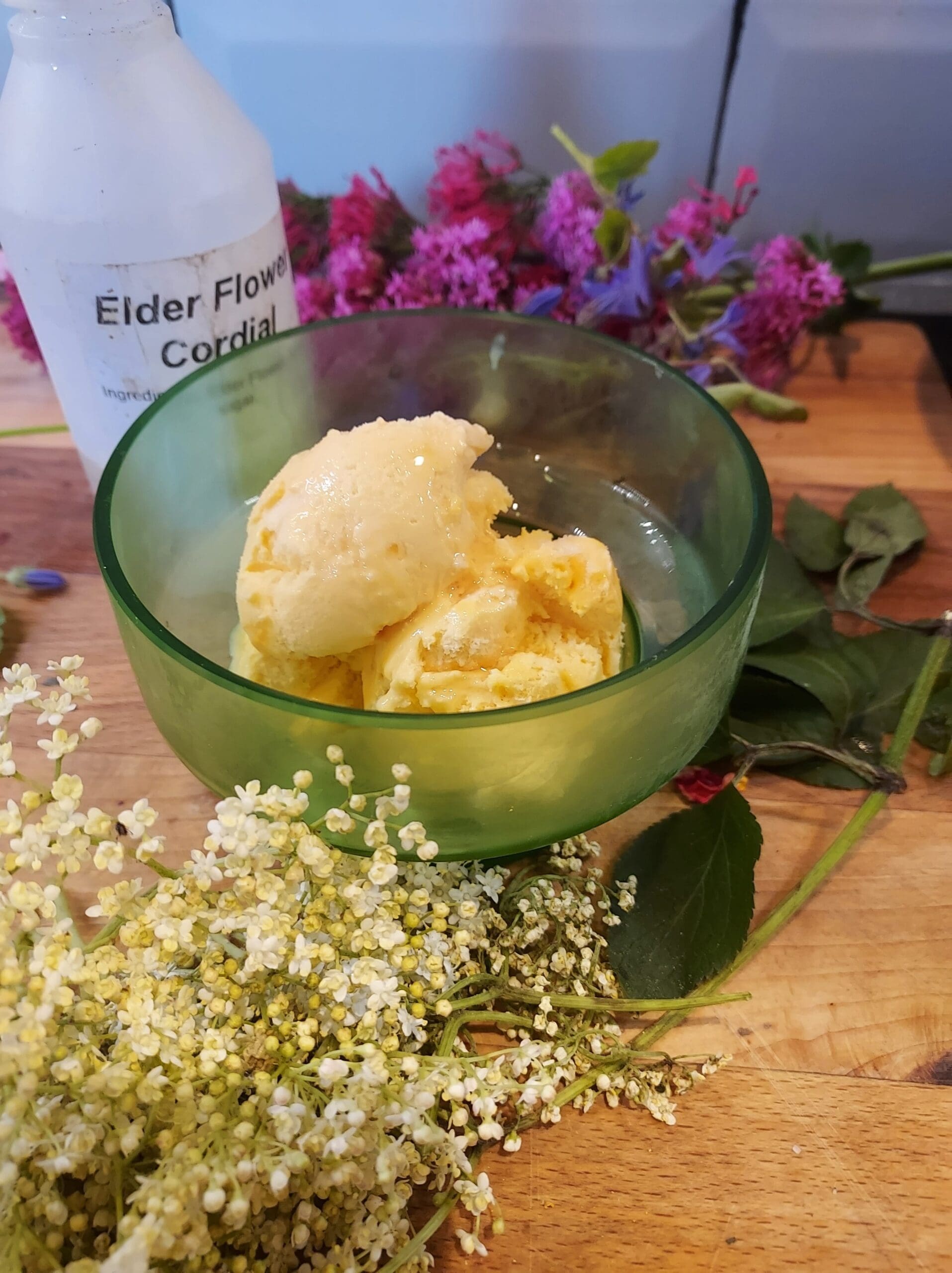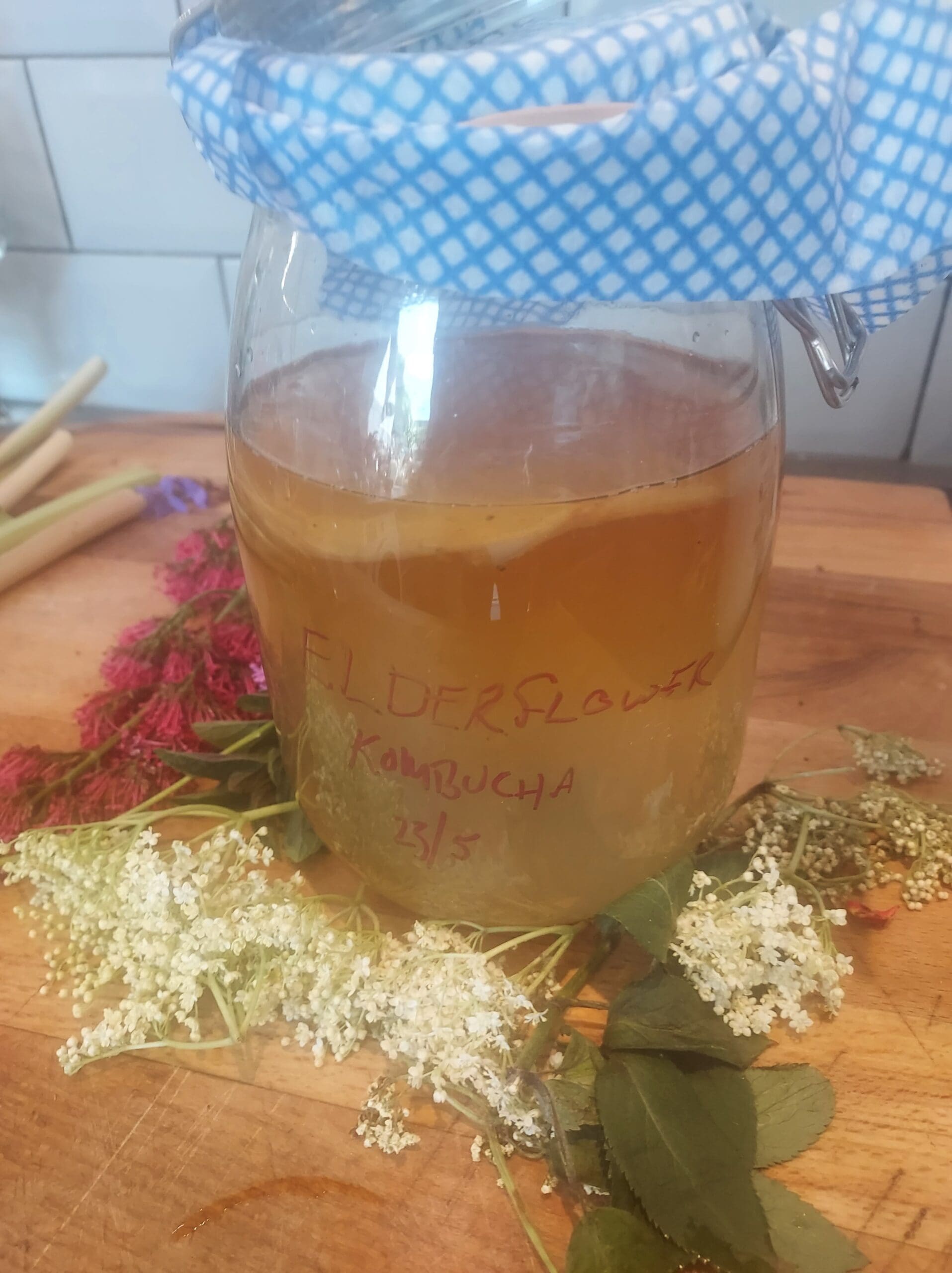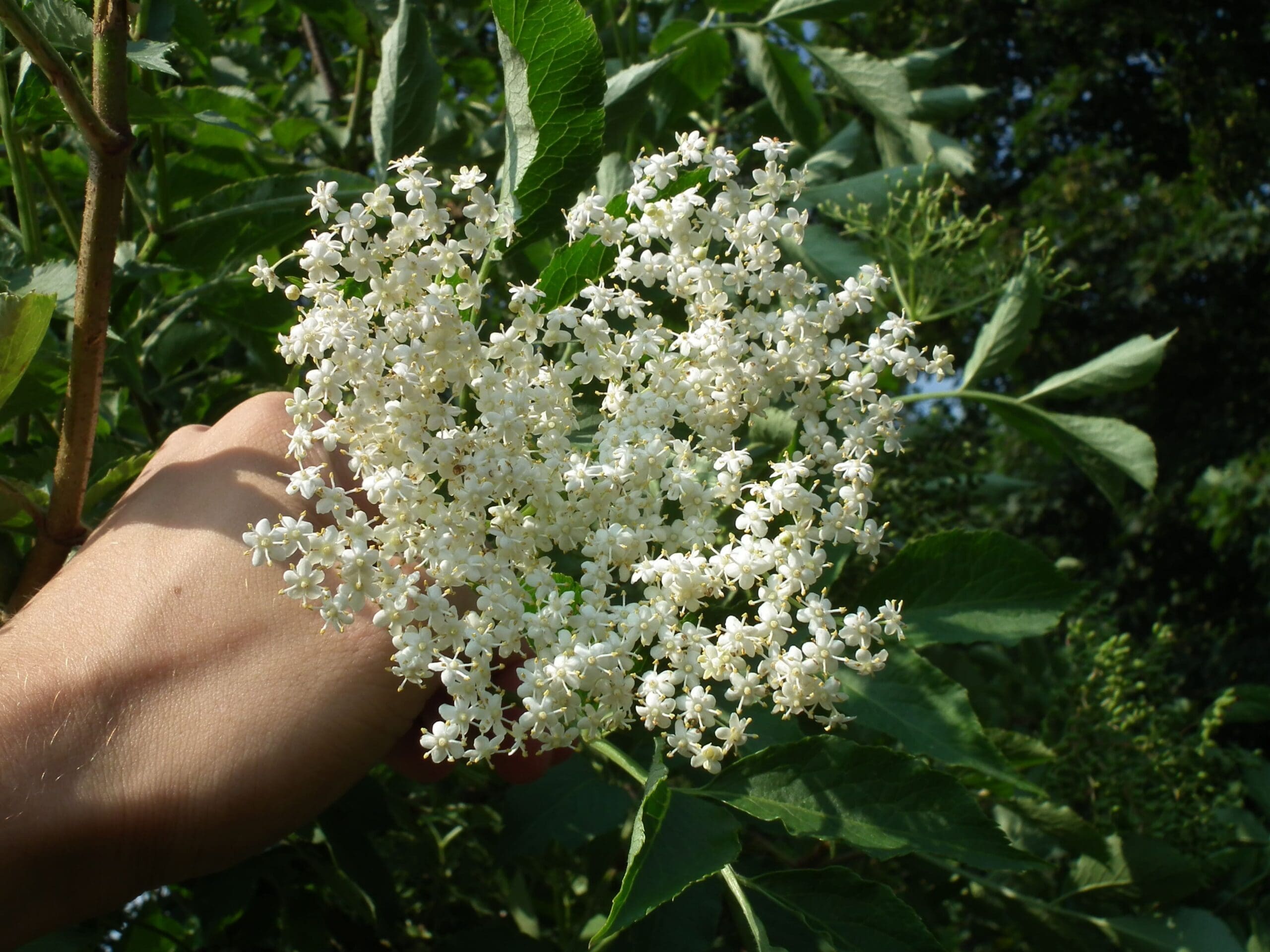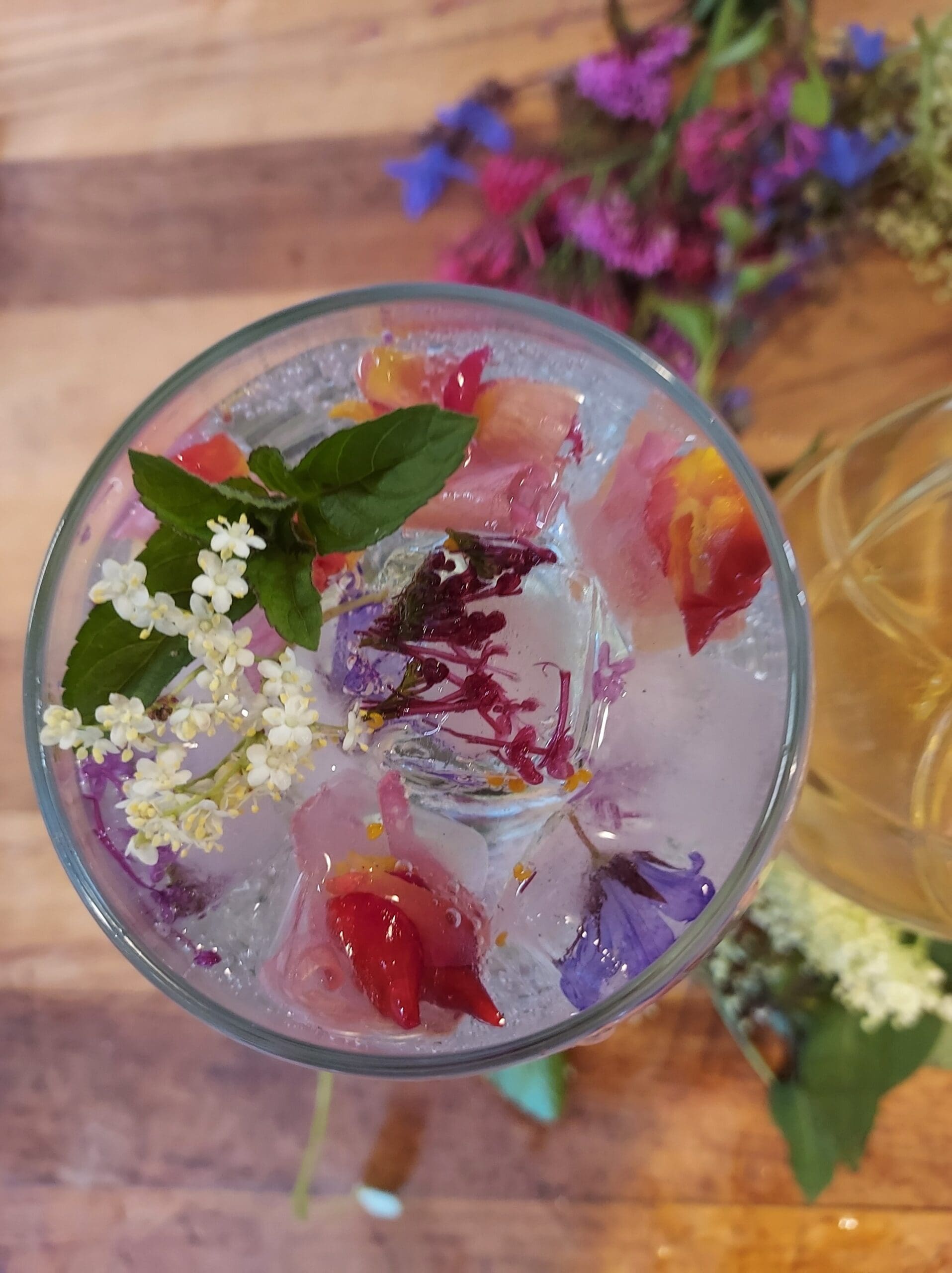Cleavers / Spring / Summer / Autumn / Edible Everything you need to safely identify the edible and medicinal Cleavers or Sticky Weed (Gallium Aparine) before heading out to forage some. Common Names Clivers, “bort”, bedstraw, goosegrass, catchweed, stickyweed, stickybud, robin-run-the-hedge, sticky willy, sticky willow, stickyjack, stickeljack, and grip grass.…
Journal

Darwins Barberry / Spring / Summer / Autumn / Edible Common Names Darwins Barberry Botanical Name Berberis darwinii Scientific Classification Kingdom – Plantae Order –Ranunculales Family – Berberidaceae Physical Characteristics for Darwins Barberry It is an evergreen thorny shrub growing to 3–4 m tall, with dense branches from ground level.…

GROUND ELDER (Aegopodium podagraria) How to Identify Ground Elder(Edible) Common namesGround Elder, Bishop’s Weed, Goutweed, Gout Wort, Snow-in-the-Mountain, English Masterwort, Wild Masterwort Botanical nameAegopodium podagraria Meaning of botanical nameFrom the Greek Aigos for “goat” and podo meaning foot. The second part of the name is Latin and is another reference…

Primrose / Spring / Edible Primrose is one of the first plants to produce edible wild flowers in spring, our favourite thing is to use them as a garnish or to crystallise them for future use. Common names Primrose, Common Primrose, Wild Primrose, English Primrose Botanical name Primula vulgaris Scientific…

Himalayan Balsam / Spring / Summer / Edible Common Names Himalayan Balsam, Indian Balsam, Bobby Tops, Copper Tops, Gnome’s Hatstand, Ornamental Jewelweed, Policeman’s Helmet, Kiss-me-on-the-Mountain Botanical Name Impatiens glandulifera Scientific Classification Kingdom – Plantae Order –Rosales Family – Rosaeae Physical Characteristics for Himalayan Balsam Himalayan Balsam is an incredibly…

Garlic Mustard / Spring / Summer / Autumn / Edible Garlic Mustard, Hedge Garlic or Jack by the Hedge, whatever you call it, this edible wild green is a spicy mustard and garlic delight! Common names Hedge garlic, Jack-by-the-Hedge, Garlic Mustard, Poor Man’s Mustard, Garlic Root, Penny Hedge, Sauce Alone…
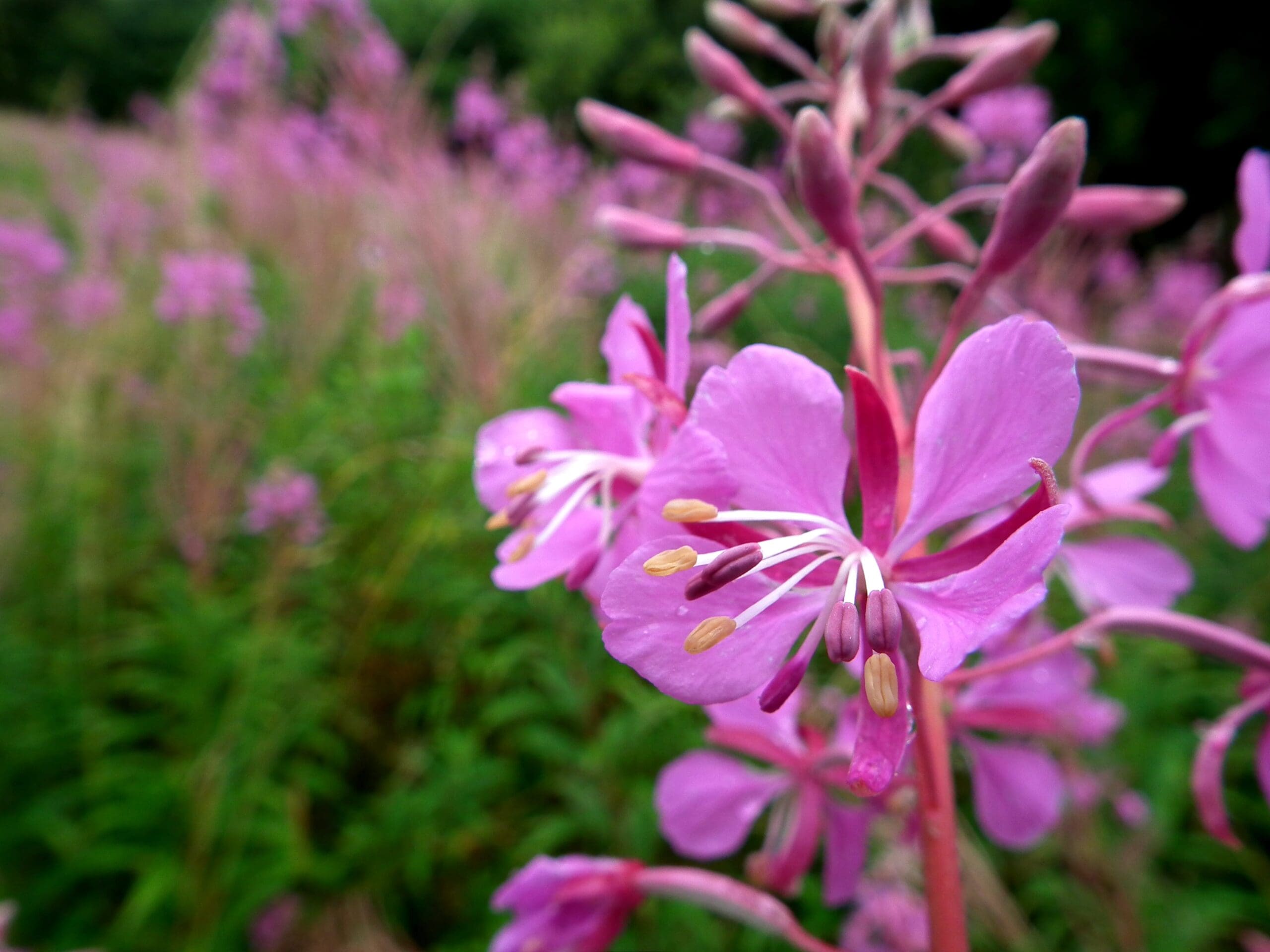
Rosebay Willowherb / Spring / Summer / Autumn / Edible Common names Rosebay Willowherb, Fireweed Botanical name Chamerion angustifolium Scientific Classification Kingdom – Plantae Order –Myrtales Family – Onagraceae Physical Characteristics for Rosebay Willowherb Leaves Starts as a rosette of lance-shaped leaves, which then becomes a tall stalk. The leaves…
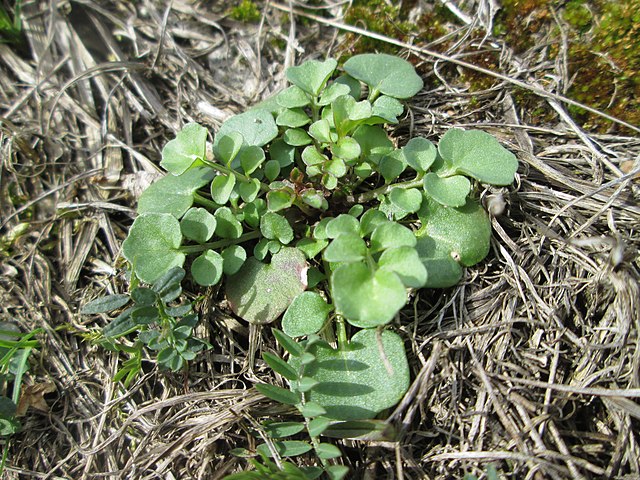
Hairy Bittercress / Spring / Summer / Autumn / Winter / Edible Botanical name Cardamine hirsuta Scientific Classification Kingdom – Plantae Order –Brassicales Family – Brassicaceae Physical Characteristics for Hairy Bittercress Hairy bittercress is a very successful plant and, in the UK, will go through its life cycle several times between…

Silver Birch / Spring / Summer / Edible Common Names Silver birch Botanical Name Betula pendula Scientific Classification Kingdom – Plantae Order –Fagales Family – Betulaceae Physical Characteristics for Silver birch Silver Birch is a deciduous tree growing from 15-30m tall with a canopy of 5-10m. It tends to have…
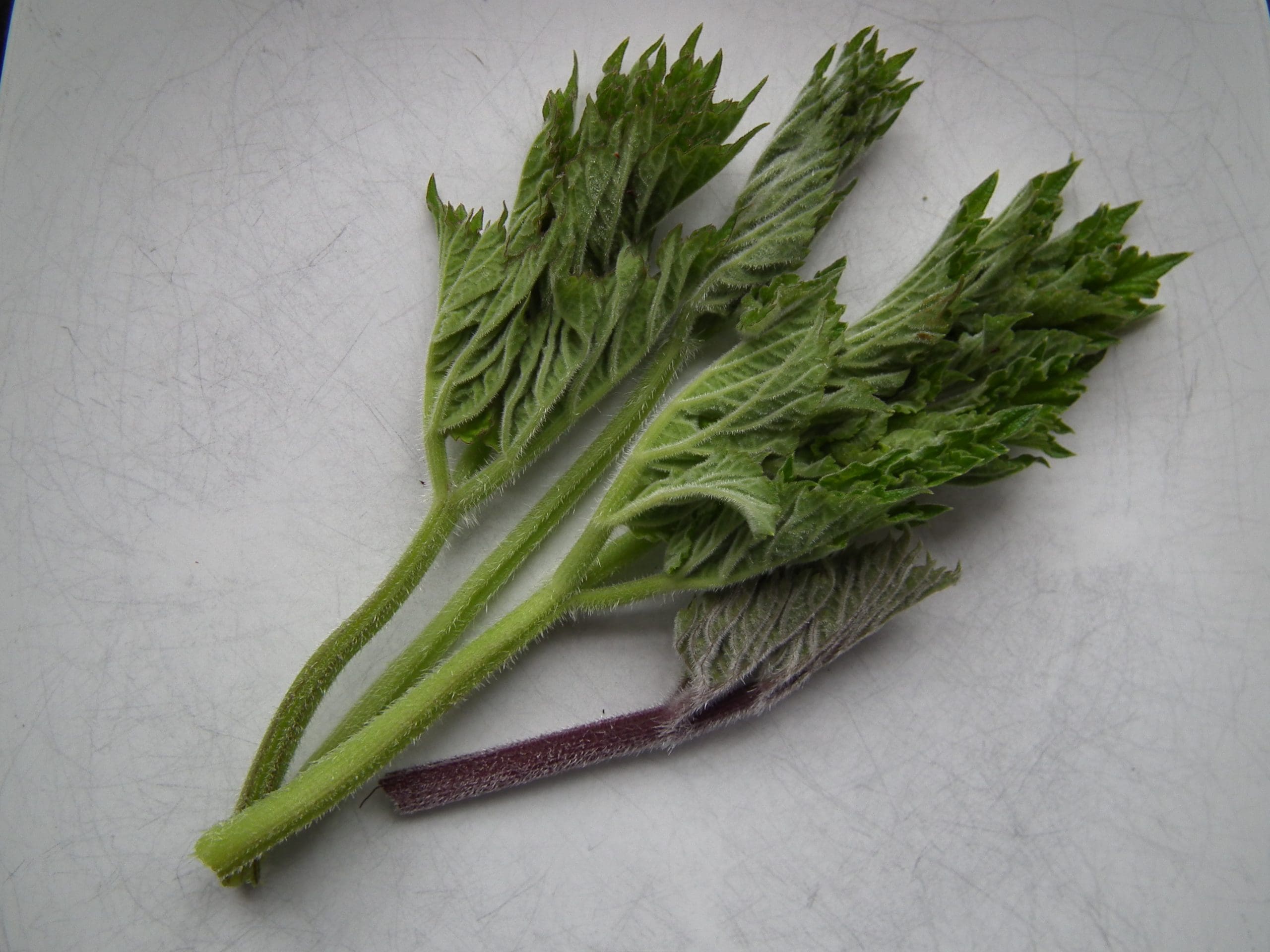
Hogweed / Spring / Summer / Autumn / Edible Common Hogweed doesn’t sound like an edible plant, but it is and it’s one of my favourites! Common Names Hogweed, Cow parsnip Botanical Name Heracleum Sphondylium Scientific Classification Kingdom – Plantae Order –Apiales Family – Apiaceae Physical Characteristics of Common…

Hazel / Spring / Summer / Autumn / Winter / Edible Common Names Hazel Botanical Name Corylus avellana Scientific Classification Kingdom – Plantae Order –Fagales Family – Betulaceae Physical Characteristics for Hazel The Common Hazel is typically found as a shrub reaching 2-8m tall where it’s coppiced, however when it’s…

Alexanders / Spring / Summer / Autumn / Winter / Edible Welcome to our guide on Alexanders (Smyrnium olusatrum), a fascinating and versatile wild edible that deserves a place in every forager’s repertoire. Often overlooked in favour of more well-known wild plants, Alexanders is a highly nutritious and flavoursome addition…
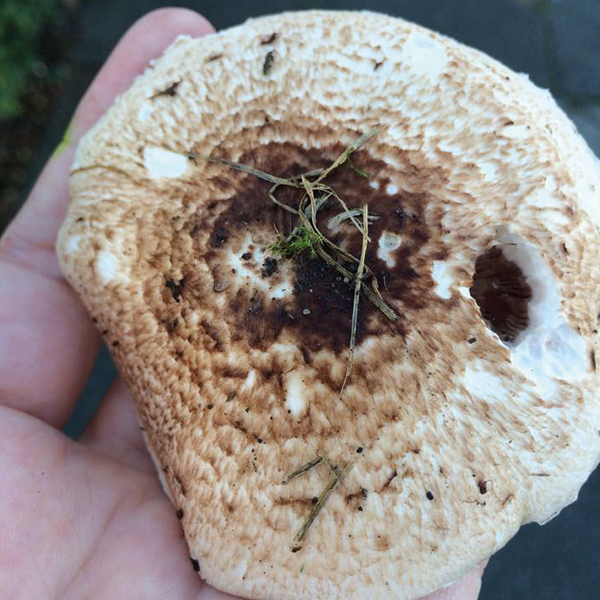
The Prince/ Summer / Autumn / Edible Indulge in the regal flavors of the Prince Mushroom (Agaricus augustus) as we embark on a culinary journey celebrating this esteemed delicacy. Join us in savoring the unique delights offered by nature’s culinary masterpiece. With its distinguished appearance and captivating aroma, the Prince…
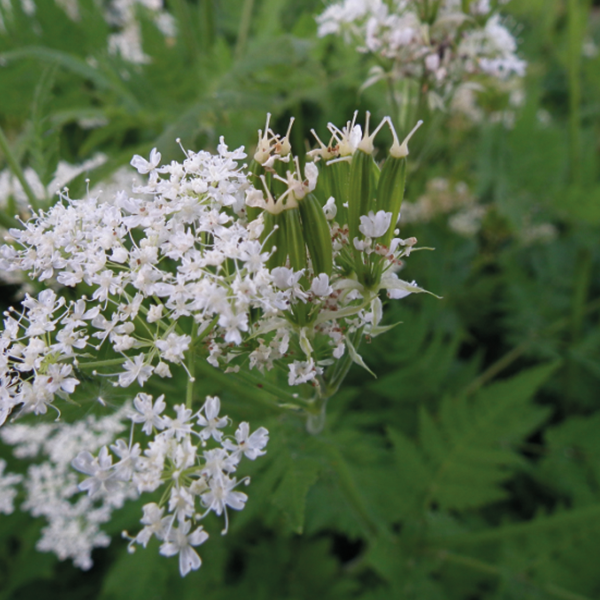
Sweet Cicely / Spring / Summer / Autumn / Edible Common Names Sweet Cicely, cicely, myrrh, garden myrrh, sweet chervil Botanical Name Myrrhis Odorata Scientific Classification Kingdom – Plantae Order –Apiales Family – Apiaceae Physical Characteristics of Sweet Cicely Sweet Cicely is a perennial growing to 1m high and 1m…
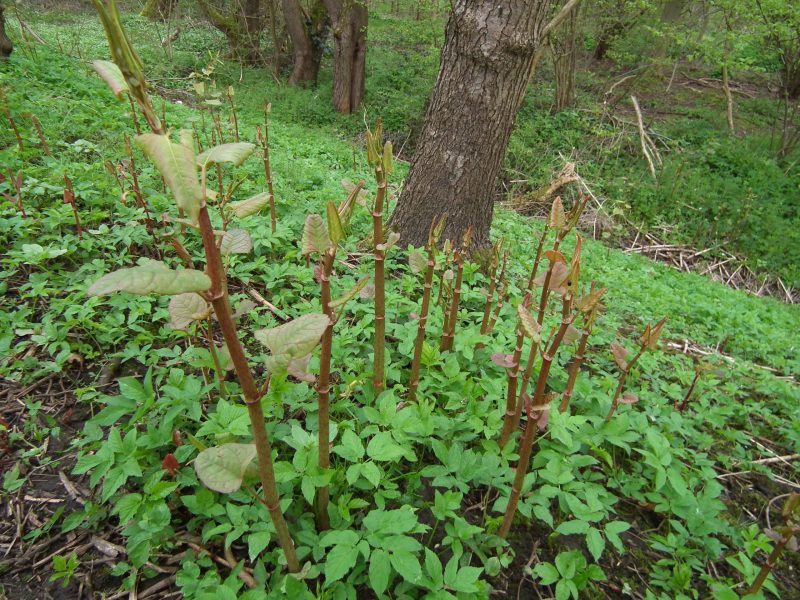
Japanese Knotweed / Spring / Summer / Edible Common Names Japanese knotweed, Asian knotweed Botanical Name Fallopia japonica Scientific Classification Kingdom – Plantae Order –Caryophyllales Family – Polygonaceae Physical Characteristics of Japanese Knotweed Japanese knotweed is a hardy, herbaceous, rhizomatous perennial. Plants are fully dioecious, with all individuals of the…
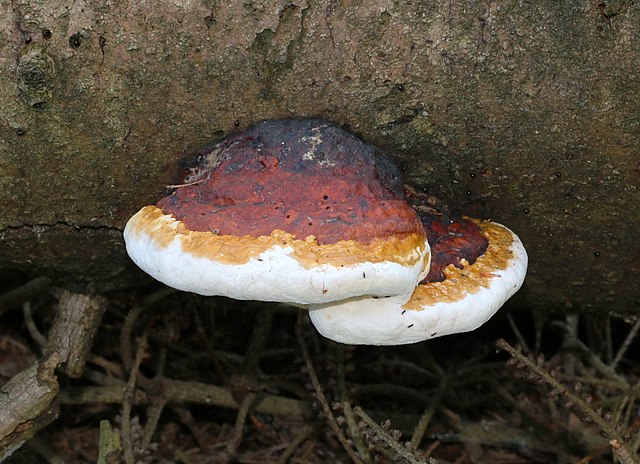
Red-belted polypore / Spring / Summer / Autumn / Winter / Inedible The Red Belted Polypore (Fomitopsis pinicola) is a bold and beautiful bracket fungus found growing on dead or dying coniferous trees, occasionally hardwoods, throughout the UK and across the Northern Hemisphere. This distinctive polypore gets its name from…
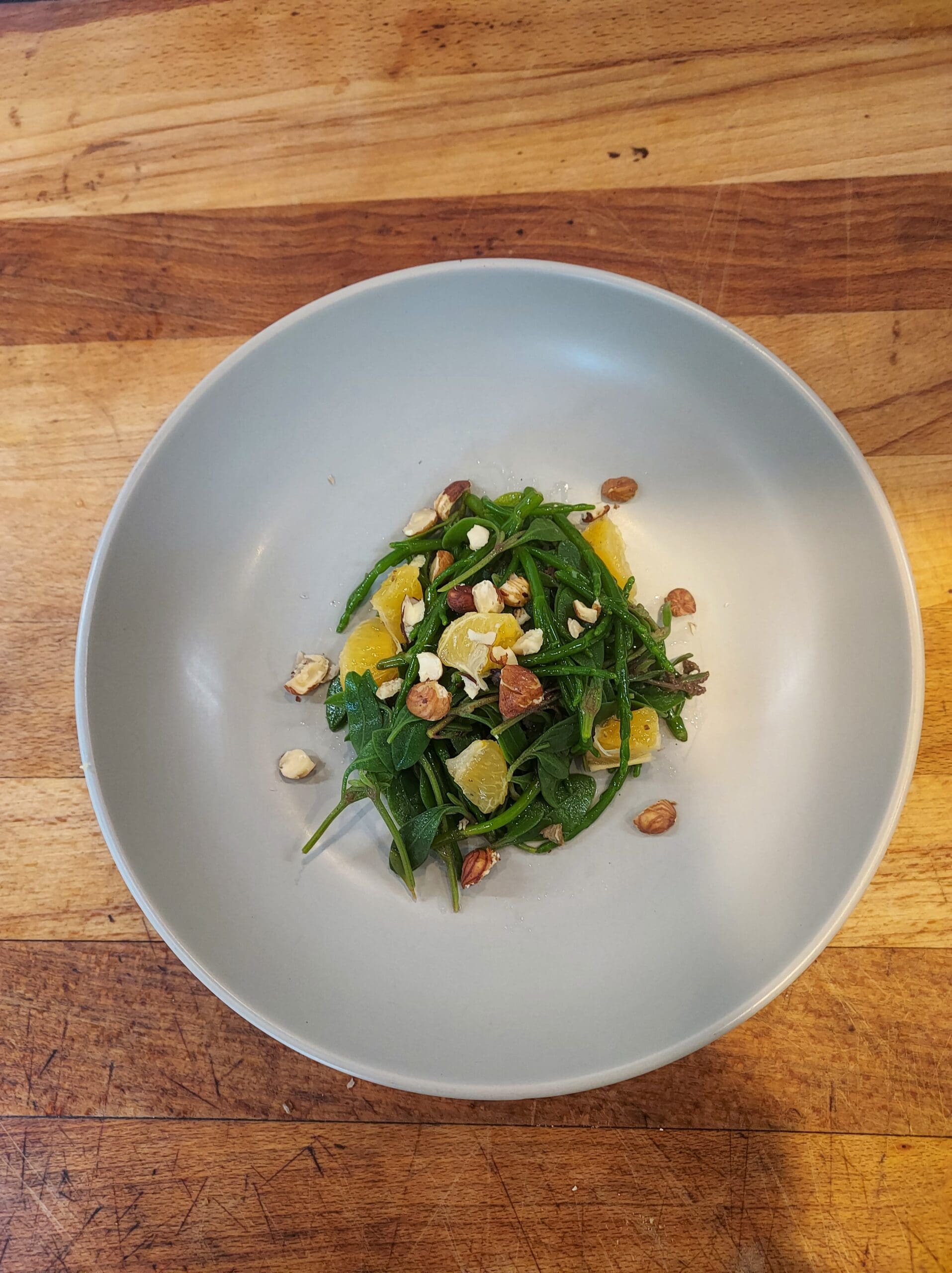
Looking for a way to make the most of Samphire beyond the usual lemon-and-fish combo? This vibrant and unexpected dish pairs the sea-salty crunch of Samphire with the sweet brightness of orange and the earthy depth of toasted hazelnuts. With just a handful of ingredients, it delivers bold flavour and…
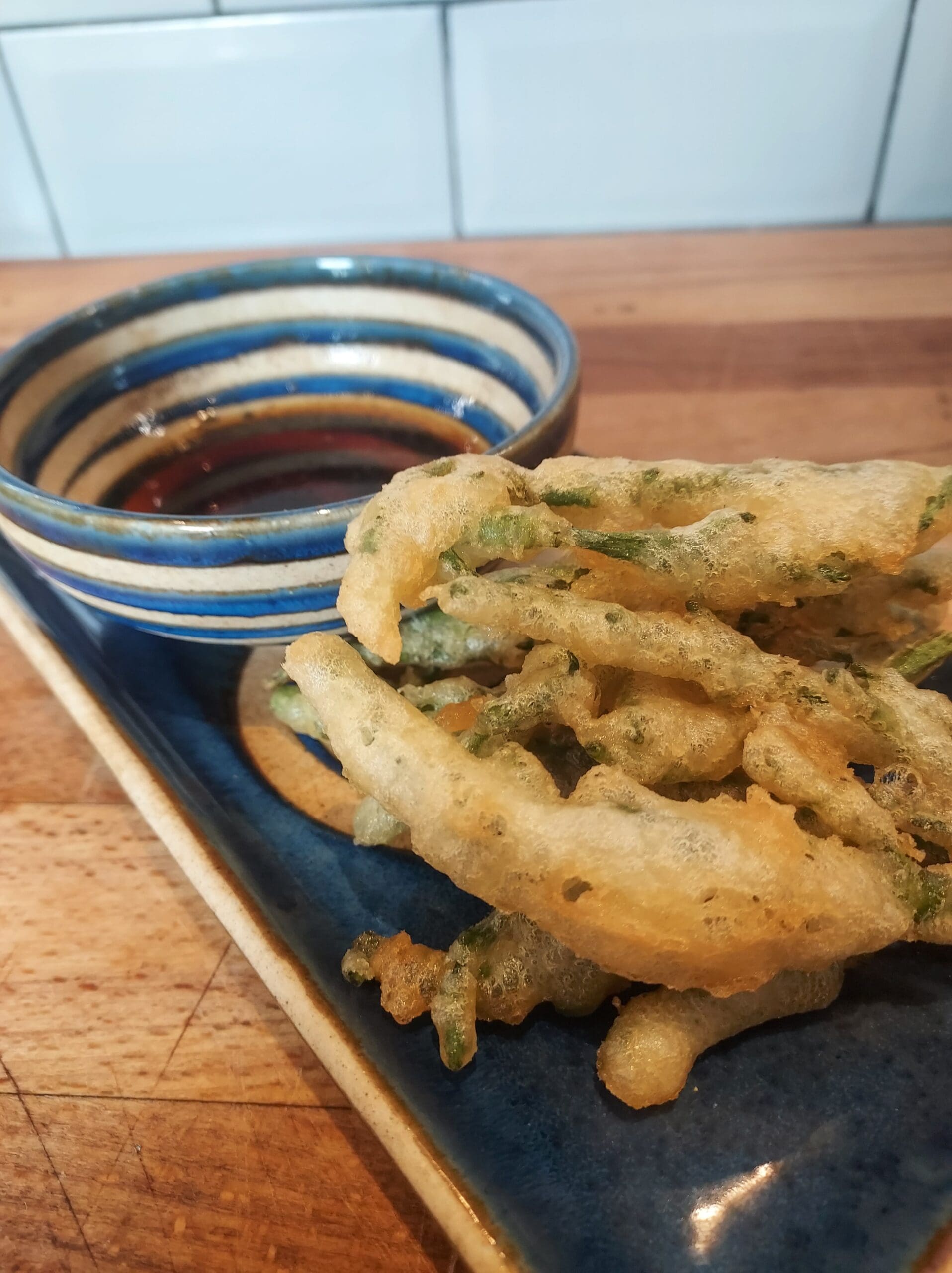
Crispy, briny, and utterly addictive, this Tempura Marsh Samphire is a twist on a Japanese classic. Samphire’s natural saltiness and succulent texture make it an perfect candidate for tempura, served with a zingy soy-lime dipping sauce, it’s a dish that feels fancy but comes together in minutes. Ingredients for our…

Escarole with Dandelion and Sausage is a comforting yet wholesome dish that sits perfectly between a soup and a stew. Packed with creamy butter beans, earthy dandelion leaves, and flavourful sausages, this recipe combines hearty ingredients with a light, nourishing broth. Perfect for a cosy night in or pop it…



